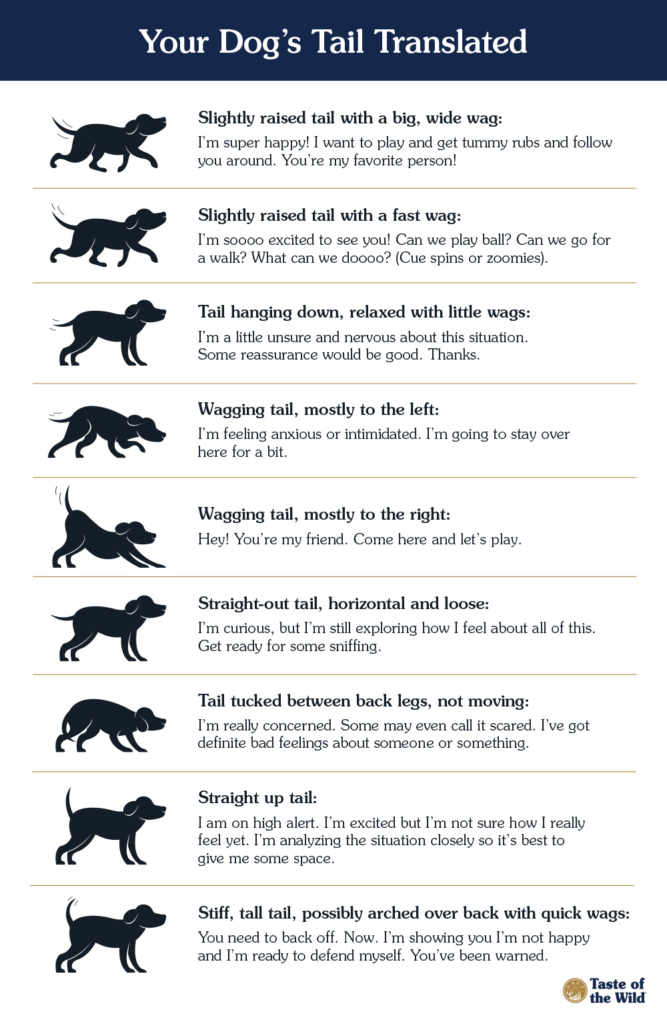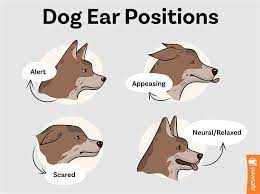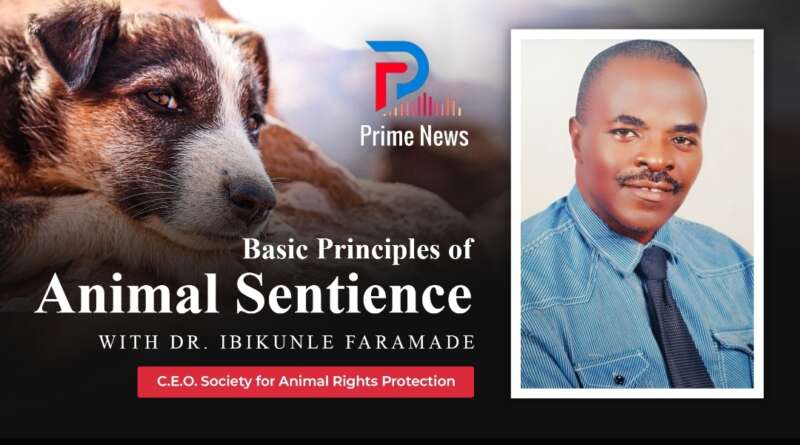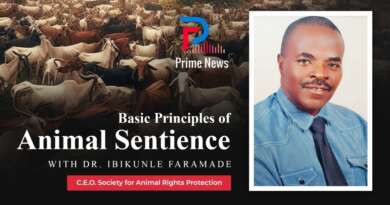Welfare Issues Relating To Cosmetic Surgeries In Companion Animals (1)
By Dr. Ibikunle Faramade
Cosmetic surgeries in veterinary medicine refer to surgical interventions that are not indicated for therapeutic (treatment) purposes. They are neither intended to save the life of the animal nor aimed at serving any beneficial purpose other than the interest and the convenience of their owners, most commonly, to comply with some archaic breed standards. Over the years, in many countries, especially in the western hemisphere, it has been established that these so called cosmetic surgeries are nothing but abuse of animal welfare.
These surgeries include tail docking, ear cropping, declawing, castration, ovariectomy/ ovariohysterectomy, devocalization, and some dental procedures e.g. defanging. Out of this list of medically unnecessary surgeries, only castration and ovariectomy or ovariohysterectomy could be justified (to some extent) for the purpose of reduction or prevention of unwanted population explosion especially among stray dogs and cats.
In ancient Rome, according to Lucius Columella, a Roman scholar, it was considered proper to remove the tails of dogs to prevent their growth to ‘abominable length’ and to prevent madness (presumed to refer to rabies!).
Anatomically, the length of the tail is breed specific and cannot grow to abominable length! The cause of rabies is a virus. Correlating the length of the tail to rabies in dogs as of that time, really shows that science has indeed advanced!
Tail docking (the removal of distal part of the tail) compromises the ability of the dog to communicate effectively with other dogs. It disrupts dog’s social behavior. It also deprives dogs from effective emotional expressions. This is because the positioning of the tail at different times connotes different meanings.
The argument that tail docking is essential to prevent tail injuries has also been debunked through empirical research. In their well-researched article in the Veterinary Records (Veterinary Record (2010) 166, xx-xx) , the overall risk of tail injuries is low, although specific breeds including spaniels, greyhounds and lurchers were at substantially higher odds of injury. They also stated that docking appeared to have a protective effect against injury, as expected; however, it was calculated that 500 dogs would need to be docked in order to prevent one tail injury!
The position of the tail could show calmness, anxiety and nervousness, being relaxed, being alert, being frightened, being submissive, being dominant, being playful, being excited, and being aggressive. By removing the tail, all these expressions and wealth of information are lost! This is cruelty.

Ear cropping is another unnecessary surgery and cruelty inflicted on dogs of certain breeds. For example, Doberman Pinschers and Great Danes. It involves the removal of some parts of the external ear as part of conformation with established kennel standards. Dogs are also cropped purportedly to prevent otitis externa (external ear infection) or laceration in hunting dogs and dogs with pendulous ear. A lot of researches have been done to debunk this legend. It has been established that ear cropping do not benefit the dog in any way.
In fact, complications arising from the surgery may lead to otitits media ( middle ear infection ), in–ability to process sound signal appropriately or outright deafness. The positioning of the ear in relation to the dog’s eye ball is also a means of body language of the dog. They could show their alertness, calmness, anxiety, being suspicious, threatened,angry and stressed through various positions of the ear.

The Canadian Veterinary Medical Association clearly stated her position thus:
The Canadian Veterinary Medical Association (CVMA) supports promotion of the natural appearance and conformation of animals and opposes non-therapeutic veterinary procedures for cosmetic or competitive purposes’.
The American Veterinary Medical Association has also categorized certain cosmetic surgeries allowed in lieu of euthanasia. Tail docking, era cropping and other types of cosmetic surgeries have been banned in the United Kingdom since 2007.
It is therefore recommended that the Nigerian Veterinary Medical Association should make definite pronouncement, a policy position comparable with those of the British Veterinary Medical Association, the American Veterinary Medical Association and the Canadian Veterinary Medical association among others on the need to abolish unnecessary so called ‘cosmetic surgeries’ in animals in the country.
This would alleviate the abuse of animal welfare which is still perpetrated in this regard in many veterinary practices.
To be continued ……..
Dr. Ibikunle Faramade is a veterinary pathologist and a lecturer at the Federal College of Animal Health & Production Technology, Apata. Ibadan. He’s the C.E.O of the Society for Animal Rights Protection, a non-profit and a non-governmental organization dedicated to the promotion of animal welfare, animal rights and prevention of cruelty to animals.
animalrightsprotection2020@gmail.com , +2348028305284



